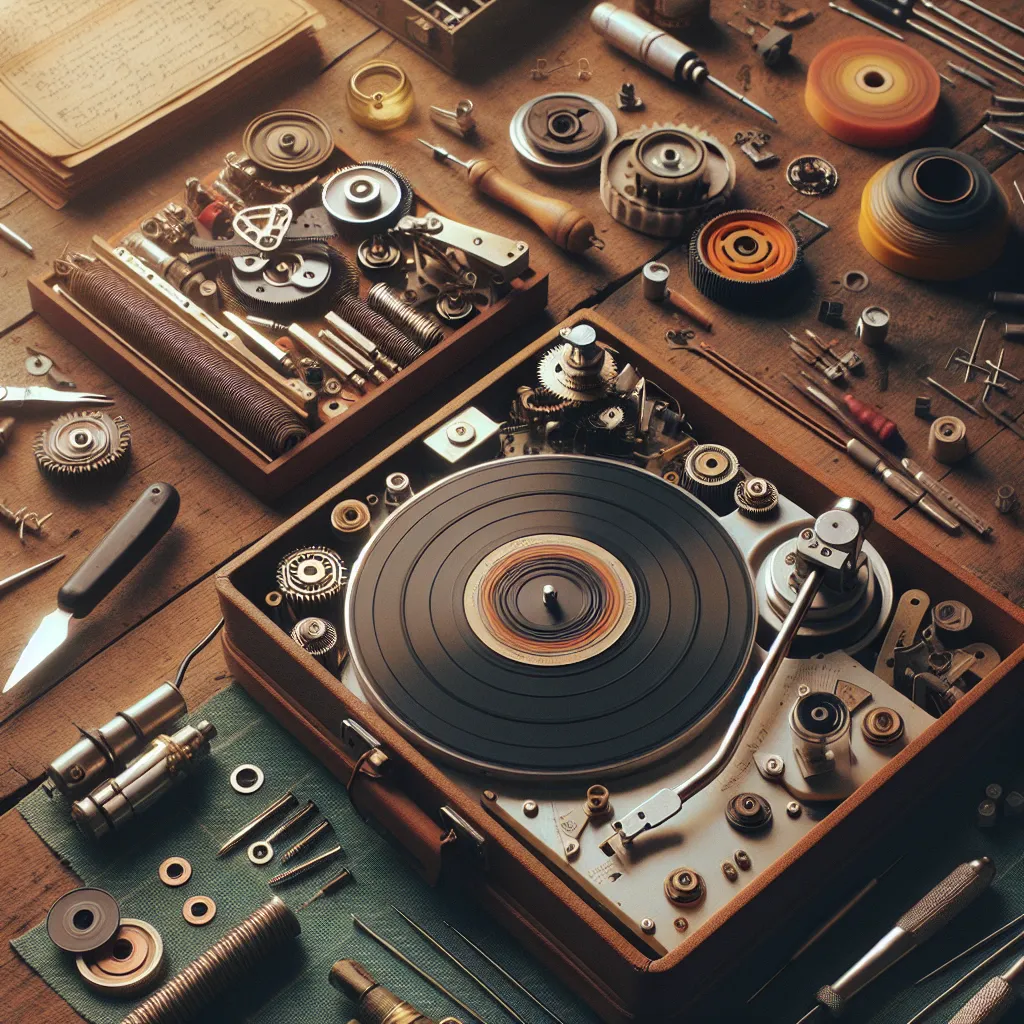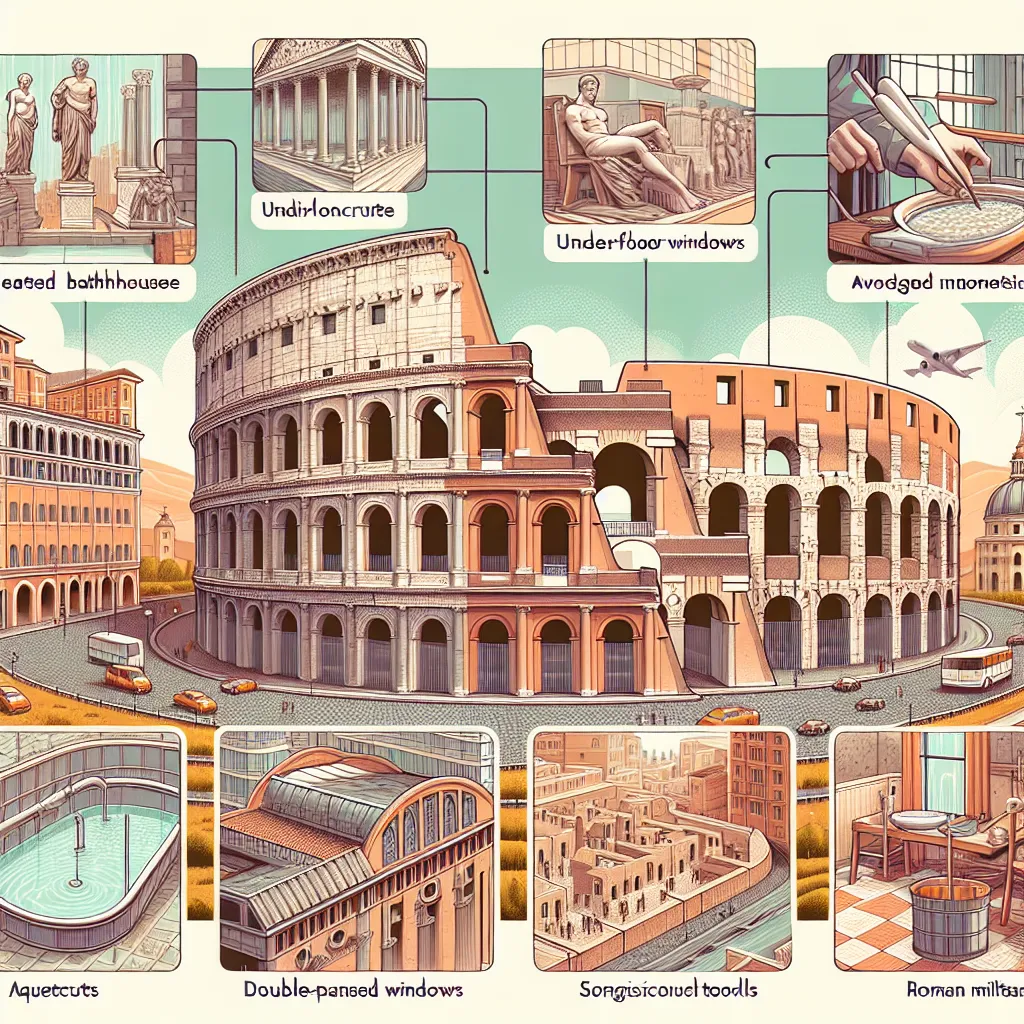Reassembling an old record player isn’t just a fun project, it’s a way to flex those brain muscles and work with tools that empowered humanity from the start. But beyond that, it’s a way to test our rosy view of the past. Sure, vintage record players look cool, but what did they actually sound like? After piecing together the 195 parts of an old portable record player, we’re about to find out.
Let’s start with the turntable arm, a key component of this Dan Set Bermuda from 1963. Funny enough, I was born the same year. The instruction leaflet describes this piece of tech as a record reproducer—quite posh! I remember playing records in my youth, a time when you had to sit down and pay attention. The act of changing records constantly meant that any hopes of teenage mischief were kept at bay by this effective ’60s contraceptive.
There’s a magic in handling records. I used to sprint to the record shop with my allowance to get the latest hit, a thrill amplified by teenage excitement. The arrival of cassette players shook things up. Recording your records on a C90 cassette was a game-changer. You couldn’t just download a song; you had to manually record it, finger poised over the buttons. It was technically illegal, but we didn’t care—music felt like it was spreading to everyone.
Now, looking at how this portable record player—this particular model named Monarch—fits together, it’s quite a journey in mechanical brilliance. The BSR (Birmingham Sound Reproducers) deck portion combined with Dan Set’s design from London offers a fascinating fusion of parts from different places. It’s definitely a marvel to see how everything is designed to work with precision without electronics for most parts.
Portable record players meant that music wasn’t confined to the living room anymore. You could sneak it into your bedroom or a friend’s house, laying the groundwork for the music portability we have now with smartphones and MP3s.
Reassembling this record player is like unlocking a puzzle, each piece fitting perfectly to churn out sound. Remember the days when stereo was the big selling point on album covers? Art and design still matter—this player is a testament to that.
I’ve pieced together the tone arm, the selector, the cam and bearings, and installed the motor. Each part falls into place with a satisfying clunk, eventually connecting to the modern rudimentary electronics like the single valve amplifier, adding to the vintage charm.
We’re talking wood-paneled Hi-Fi units, ridiculous concept albums, and the days when the arrival of punk felt like a rebellious act. Step back a bit into my workshop days: tinkering with screwdrivers and dealing with the occasional soldering challenge. That’s the nuts and bolts of this passion project.
After almost a full day of assembly, the player is close to being ready, needing just a bit more soldering before it can crank out those nostalgic tunes. It takes me back to when record players were more than just sound equipment—they were a token of youth, rebellion, and independent spirit. Now, it’s time for the ultimate test.
Will it play? Let’s put this classic piece back into action—record spinning, needle poised, ready for that unforgettable crackle and pop. Ready? Let’s bring back the sound of the ’60s. Perfect. [Music fades in].






